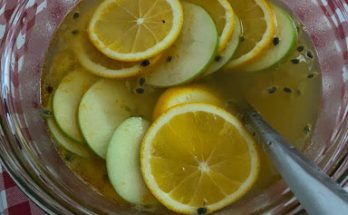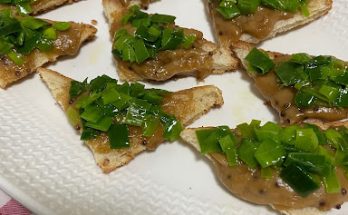
By Sereniti James
While travelling around Asia, I traveled into the hinterland where I found unique methods of threshing and winnowing being practiced. These places had marvelous culture long denied by its own people. For its own people were running after the new fangled.
In effect, separating the chaff from the grain involves threshing and winnowing. Threshing means loosening the seed or grain kernel from the stalk, while winnowing involves getting rid of the hull and other impurities. “Winnowing can’t very well occur without threshing first, although some grains have a thin papery hull that is easily removed so little threshing is required.”
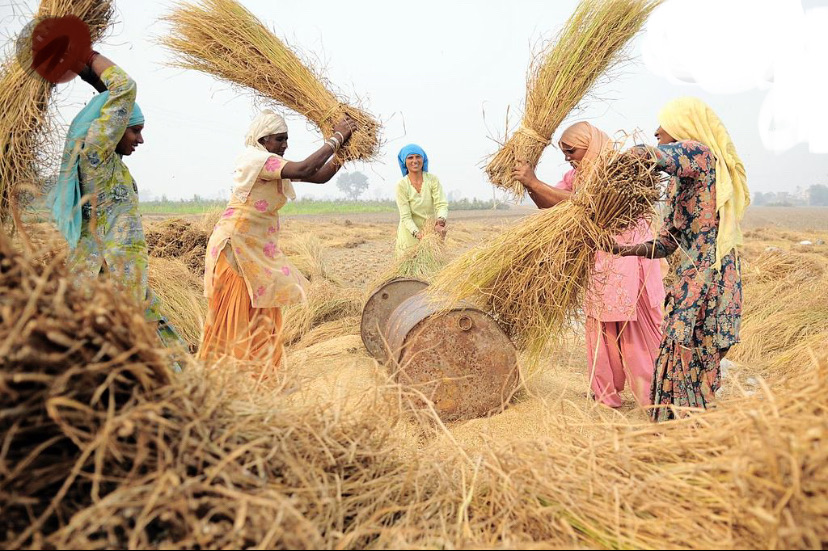
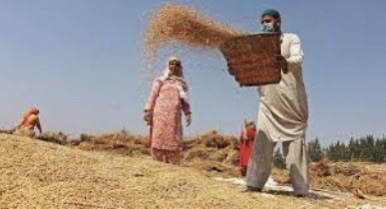
In certain parts they employ bullocks tethered to a harness to thresh the grain. The grain kernel was then dried in the sun on a magala, (Sinhala), or long woven reed mat. There after it was pounded in a pestle with a mortar. In modern times the grain is taken to a hulling machine and the chaff separated from the grain, in readiness for cooking.
In the Sri Lanka kitchen, they separated the chaff from the grain once more, with the use of a kulla, or a winnower when the grain reached the rustic kitchens. Below is a winnower with which you winnow the rice before using it for cooking. The ripe pulp of the beli fruit/Aegle marmelos is applied on the back of the kulla, and a cloth cut to size is pasted on to it to protect the grain from falling through the woven kulla.. The beli pulp contains insecticidal properties.
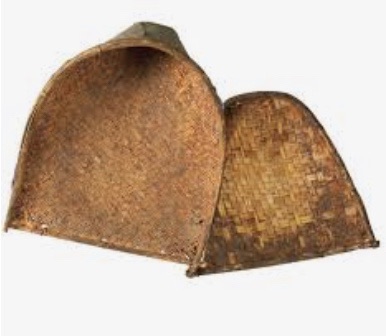
The Kulla
They washed their rice for boiling, in a bowl called the nambiliya! It is often a metal bowl these days and formerly one made of clay with concentric circles of creases running round inside the entire bowl.
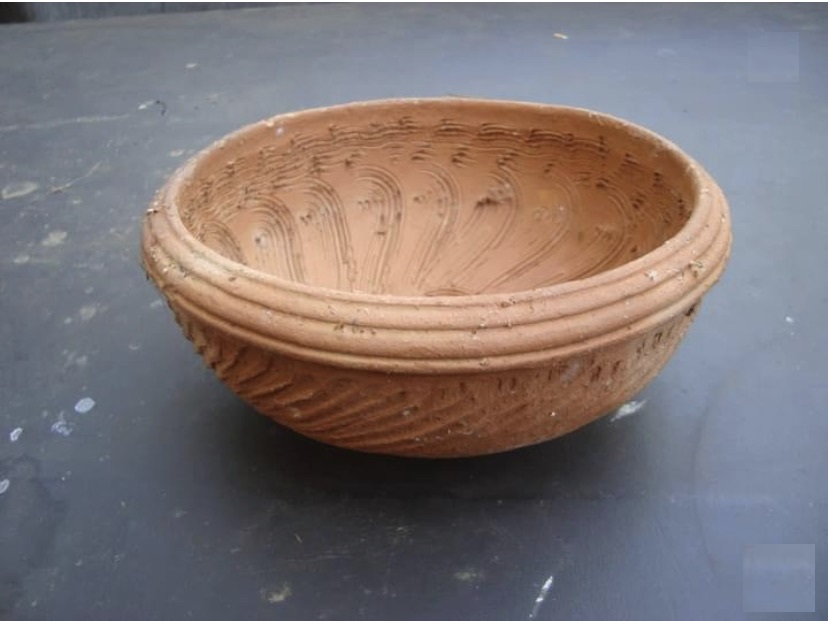
The nambiliya.
The nambiliya above, is one made of clay and having a different pattern engraved within.
How they use this is by placing the raw rice in the nambiliya, with a bowl placed underneath it. You pour water in to the nambiliya, lift it up, turn it round and round. Then in a zig zag motion you pour the rice with the water in to the bowl placed beneath it. At the end of this task you will find the stones or other impurities gathering in the nambiliya, which you toss out. You continue doing this until you find there are no more stones and impurities to be found.
I thought this was an extremely unique method of separating the chaff from the grain. I’ve not seen this methods of winnowing and cleaning being practiced in other Asian kitchens I visited. Possibly because in South East Asia, the rice comes to you thoroughly cleaned. Possibly by machine, these days.
After having washed the rice, you pour the rice in to a pot. Gauge the water you pour in by placing your middle finger on the surface of the rice and pouring the water up to the first line of your middle finger. Add a sprinkling of salt and boil the rice until the bubbles come up and the crackling sound can be heard. Remove from fire, cover and set aside.
Here is a very informative article, speaking of the entire gamut of utensils and equipment used in a traditional Sri Lankan kitchen, for their numerous different purposes.


